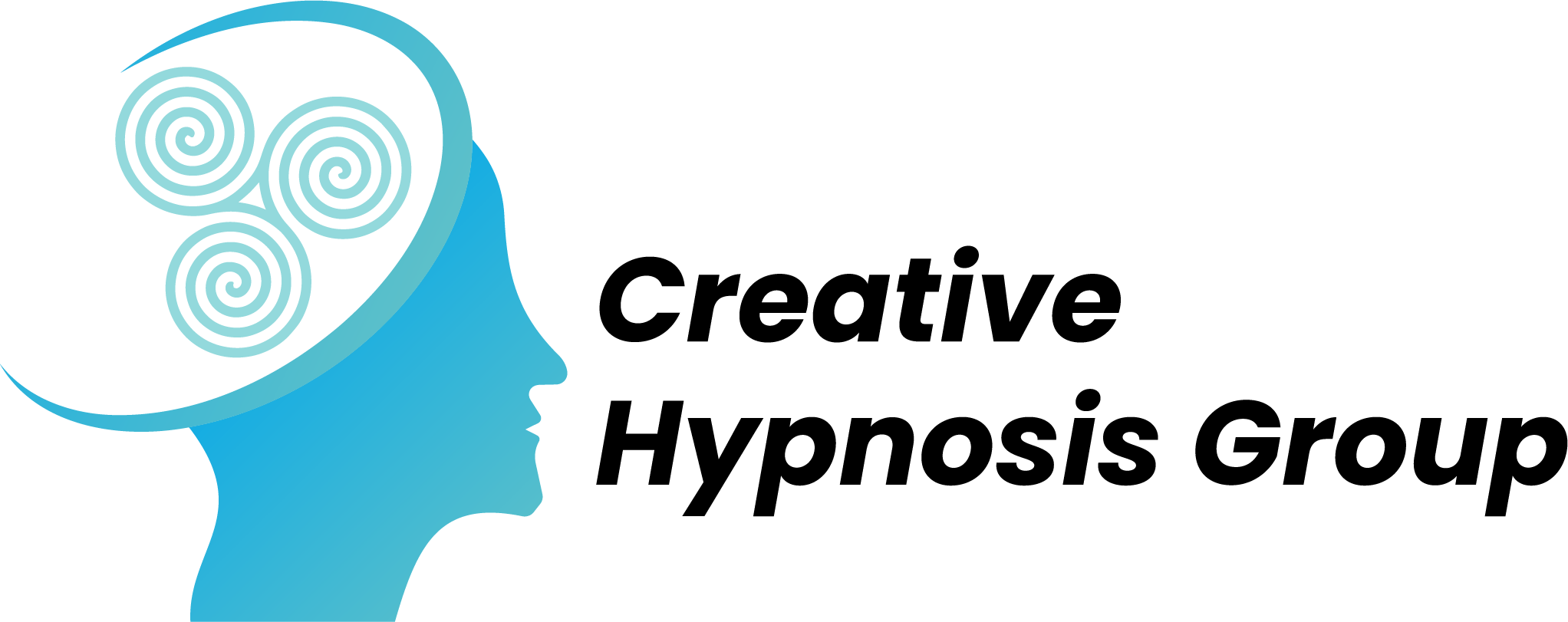Group Therapy
Guided Meditation


Calm the Mind, Center the Soul
The purpose of Guided Meditation also known as Guided Imagery is to achieve balance in your mental, emotional and physical healing and wellbeing. This technique is often presented by a facilitator using positive mental imagery by activating your imagination to create positive feelings, experiences and images. Research tells us the subconscious mind does not know the difference between what is real and what we imagined, so your mind and body can interpret these new positive feelings, experiences and images as real.
According to Dr. Jon Kabat-Zinn, molecular biologist, professor, and researcher at the University of Massachusetts Medical School, those who practice meditation shift the levels of brain activity from the active, stress-housing right-frontal cortex to the more stable left-frontal cortex. This means that deep relaxation occurs during Guided Meditation and this can have the positive side effect of lowering your cortisol and adrenaline levels and raising your feel-good hormone, serotonin, to create a lowering of stress and anxiety.
Guided Meditation brings one to a deeply relaxed place but not below the level of consciousness. This deep relaxed place has positive effects on one’s overall health. Those receiving Meditation can be healed, their thoughts and emotions changed and they often gain a new perspective concerning issues in their current everyday lives depending on the focus of the Meditation. You can work with a practitioner or facilitator or use recordings to experience this technique of Guided Meditation.
One doesn’t need to have a regular meditation practice to experience the positive effects of Guided Meditation. These sessions can vary from a few minutes to hours. They are no hard and fast rules for this Meditations. The benefits are huge in that one can achieve better health, positive attitude, or achieve other goals and desires. An amazing experience whether with someone in person or listening to a recording.
Tele Health
Zoom, FaceTime or Phone
BY PHONE
(203) 565-6495
